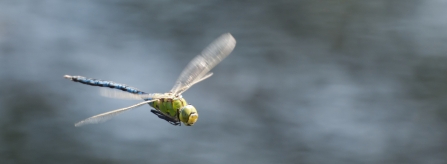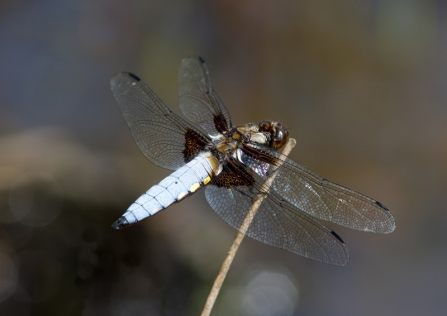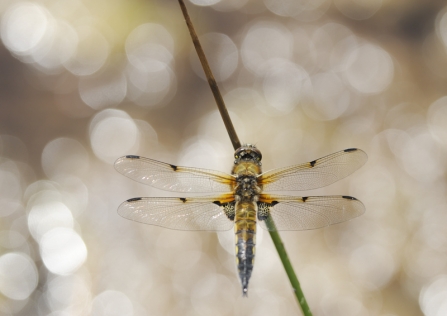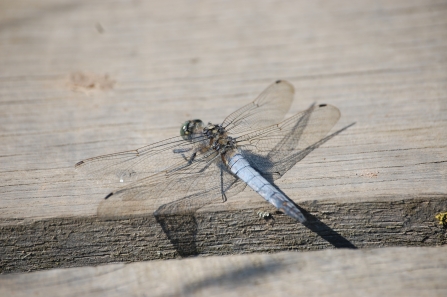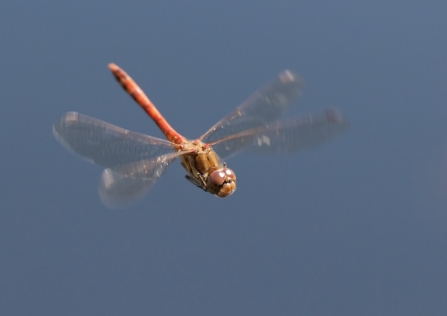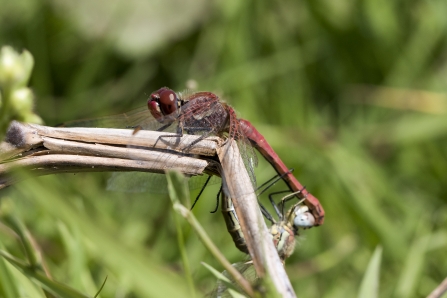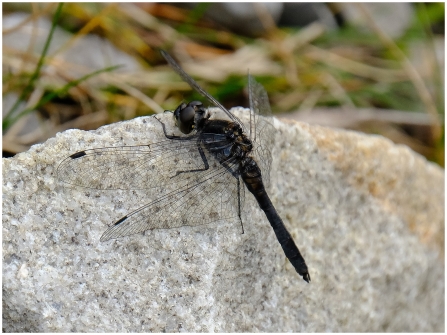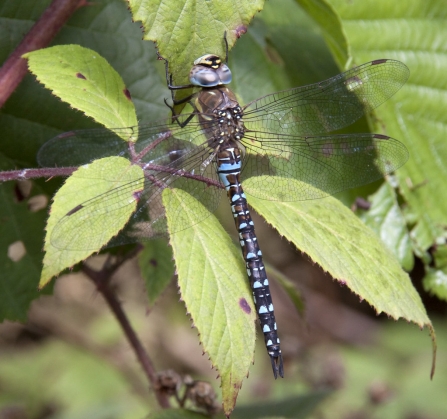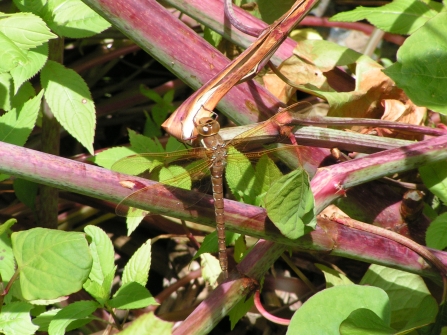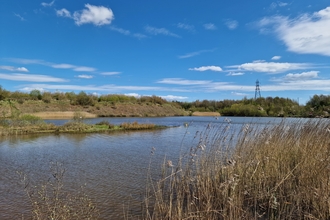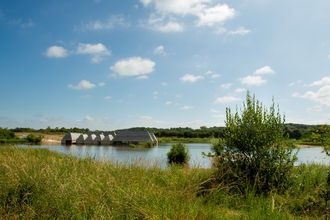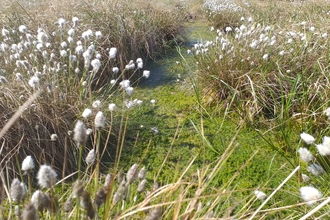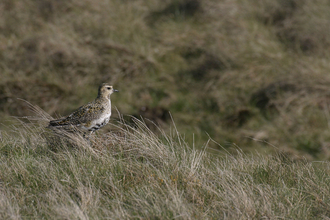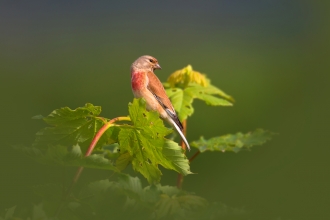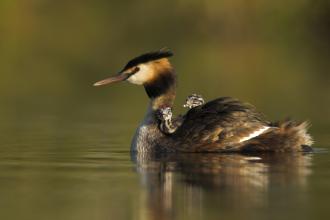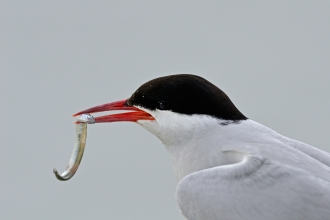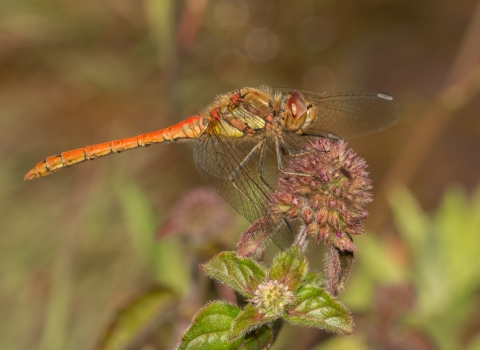From stunning mossland specialists to mighty emperors, learn more about the dragonflies on the wing in summer and the best places to spot them.
When can you see dragonflies in the UK?
The UKs dragonfly season can start as early as April and end as late as October, depending on how warm the weather is. The best time to see dragonflies in Lancashire, Manchester and North Merseyside is July to August, when these fearsome predators pull impressive aerial manoeuvres on the hunt for their prey. They can reach speeds of up to 36km per hour and gobble up flies, midges, butterflies, moths and even other smaller dragonflies!
Dragonflies are found in almost every habitat, but especially places near water. As cold-blooded creatures, the best time of day to spot them is whenever it’s sunniest or warmest and the dragons are at their most active.
What is the difference between dragonflies and damselflies?
The main difference between dragonflies and damselflies is their body-type. Damselflies are much skinnier and daintier, while dragons have a broad, chunky abdomen. Damselflies also hold their wings folded above their body, while dragonflies rest with their wings spread outwards.
How many dragonfly species are there in the UK?
There are around 23 resident species of dragonfly in the UK, with the occasional visitor from continental Europe. Many of these can be found across our region, humming around our nature reserves like miniature helicopters. Why not head out on a dragonfly walk to spot some of the amazing species in our list below?


